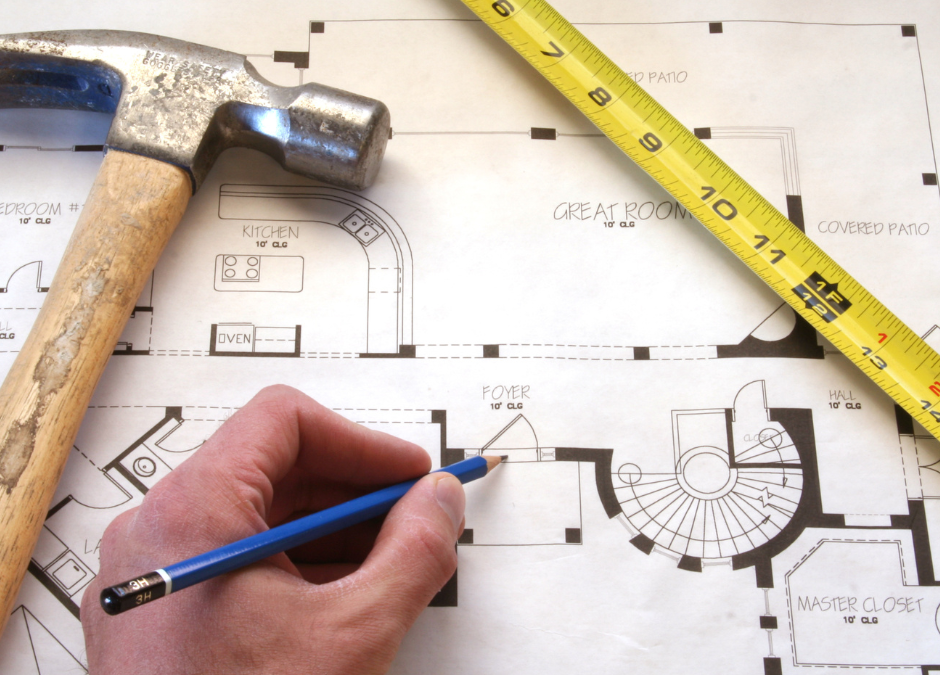Building a custom home is an exciting venture, a chance to see your dreams materialize. It’s the opportunity to shape your living space around your lifestyle, preferences, and long-term plans. However, this significant project can present challenges and requires careful planning to avoid common pitfalls. Let’s delve into key factors to consider to ensure a smooth and successful custom home construction journey.
Understanding Your Needs and Preferences
As you embark on the journey of building a custom home, the first crucial step is to understand and define your needs and preferences. This step lays the foundation for all subsequent decisions, from the choice of your home’s design to the selection of its finishes
Space Requirements
How many bedrooms and bathrooms do you need? Do you require special rooms like a home office, a library, or a playroom for children? Consider not only your current needs but also future ones. For instance, if you’re planning to expand your family, make sure your home can accommodate those changes.
Style Preferences
Are you a fan of modern architecture with its sleek lines and minimalist design, or do you prefer the warmth and charm of a rustic farmhouse design? Do you want a formal dining room or an open-concept living space? Remember, your home should be a reflection of your personality and taste.
Future Plans
Consider how long you plan to live in this home. If it’s a long-term investment, think about features that will make the home comfortable as you age, like a primary bedroom on the ground floor or wheelchair-accessible bathrooms.
Wish List
This list can include everything from the desired square footage and number of rooms to the types of finishes and fixtures you’d like. Be as specific as possible, and don’t forget to prioritize the items on your list. This will be an invaluable tool as you work with your architect or designer to translate your vision into a functional, beautiful home design.
Choosing the Right Location
The location of your custom home is as vital as the house itself. Different neighborhoods offer various advantages and drawbacks, so it’s crucial to consider factors such as proximity to amenities, schools, work, and recreational activities. Additionally, consider the lot size and whether it’s conducive to your design plans. Think about future value too. Will the location appreciate over time? Will future development plans in the area potentially impact your property?
Moreover, understanding local zoning laws and regulations is critical. Each municipality has rules dictating what can be built where. Ensure you are aware of these before finalizing your location to avoid potential legal complications down the line.
Setting a Realistic Budget
Building a custom home is a significant financial commitment, and defining a realistic budget is a critical part of the process. Understand the cost components involved, from land purchase to design and construction fees, permits, landscaping, interior fittings, and more.
Remember that costs can and often do overrun in construction projects. It’s sensible to set a budget that includes a contingency allowance for unexpected expenses – typically around 10-20% of the total budget. This cushion will help you navigate any financial surprises without jeopardizing the project or compromising too much on your dream home’s essential features.
Building a custom home is a significant undertaking, but with careful planning, you can create a living space that’s perfectly tailored to your lifestyle and aspirations. By clearly understanding your needs and preferences, choosing the right location, and setting a realistic budget, you’re on the path to realizing your dream home. Remember, the time and effort invested in these initial stages can significantly impact how much you enjoy your new abode and how well it serves you in the years to come. Happy planning!


Recent Comments